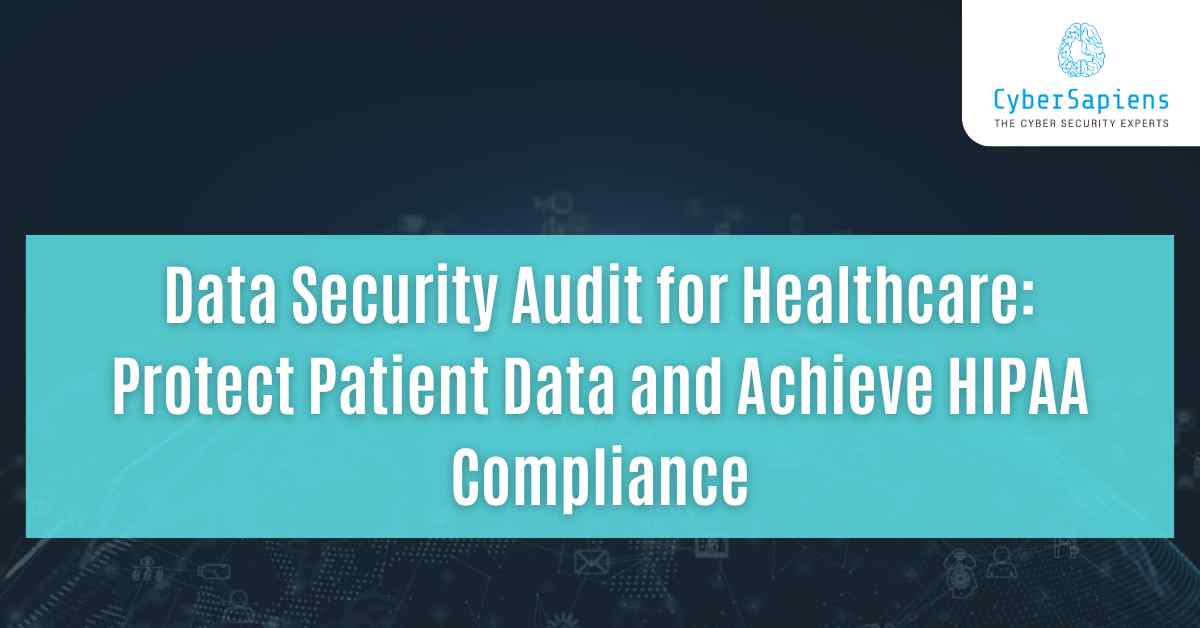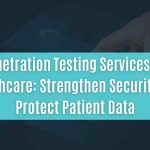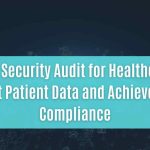In the healthcare industry, protecting patient data is paramount. With the increasing use of electronic health records (EHRs) and the growing threat of cyberattacks, healthcare organizations must ensure that their data security measures are robust and compliant with regulations.
A data security audit is a critical component of maintaining the confidentiality, integrity, and availability of patient data.
In this article, we will discuss the importance of a data security audit for healthcare, and its benefits, and guide how to conduct a comprehensive audit to achieve HIPAA compliance.
Why Data Security is Crucial in Healthcare?
The healthcare industry is one of the most targeted sectors by cybercriminals. According to a report by the U.S. Department of Health and Human Services (HHS), there were over 600 breaches of unsecured protected health information (PHI) affecting more than 27 million individuals in 2020.
These breaches can result in significant financial losses, reputational damage, and compromised patient care.
The Health Insurance Portability and Accountability Act (HIPAA) sets national standards for protecting PHI. HIPAA requires healthcare organizations to ensure the confidentiality, integrity, and availability of patient data, and to notify patients in the event of a breach.
Top 5 Benefits of a Data Security Audit
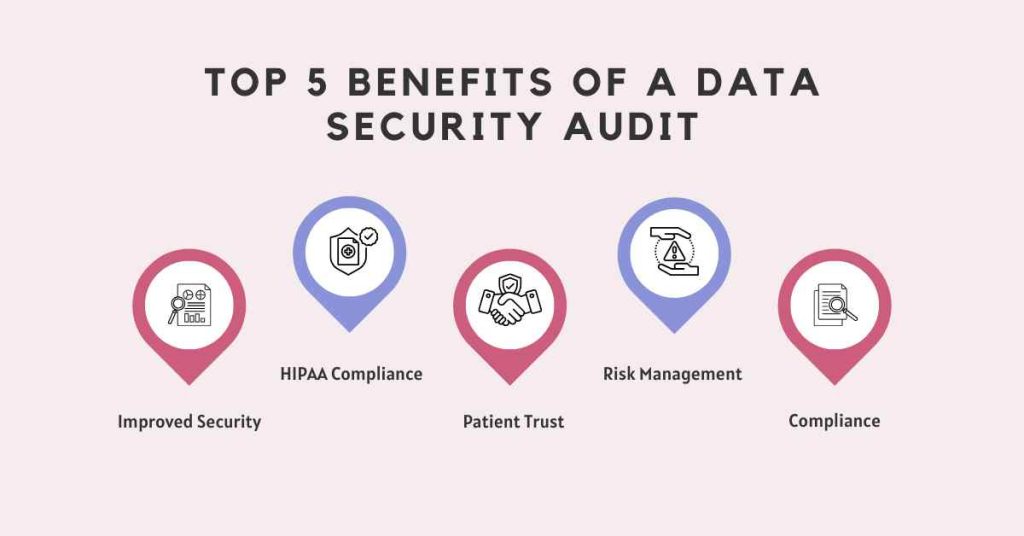
A data security audit is a systematic evaluation of an organization’s data security controls and practices. Conducting a data security audit offers numerous benefits, including:
1. Improved Security
A data security audit enables an organisation to discover some of the missing links before intruders exploit them by taking appropriate measures to enhance security.
2. HIPAA Compliance
A data security audit helps to ensure that an organization’s data security practices conform to the HIPAA regulation, thus decreasing the likelihood of fines and penalties.
3. Patient Trust
Ensuring that a firm installs measures necessary to protect patient data and applies the HIPAA regulations to gain patients’ trust in the organization.
4. Risk Management
A data security audit makes an organization aware of the risks and threats that exist and hence can help management minimize risk and guard against data losses
5. Compliance
An audit of data security compliance will help to identify other rules and standards to follow, including the PCI DSS and the GDPR.
How to Conduct a Comprehensive Data Security Audit?

Conducting a comprehensive data security audit involves several steps:
1. Define the Scope
Determine where the organization’s audited scope is to cover the systems, applications, and data.
2. Assess Risks
The threats to be considered over the patient data include internal and external threats towards the data, with defining probability and consequence of each threat.
3. Review Policies and Procedures
Review and/or develop specific data protection policies and instructions that meet all the HIPAA requirements.
4. Assess Technical Controls
Assess the strength of the organisation’s technical controls such as firewalls, intrusion detection systems, and encryption technology.

5. Evaluate Access Controls
Evaluate the authentication, authorization, and accounting (AAA) system of the entire organization.
6. Test Incident Response
Assess the adequacy of the organisation’s incident response plan and use a data breach scenario to stress-test the organisation.
7. Report Findings
Assemble the results of an audit, including all the proposed risks, weaknesses that have been found, and suggested remedies.
Top 5 Key Components of a Data Security Audit
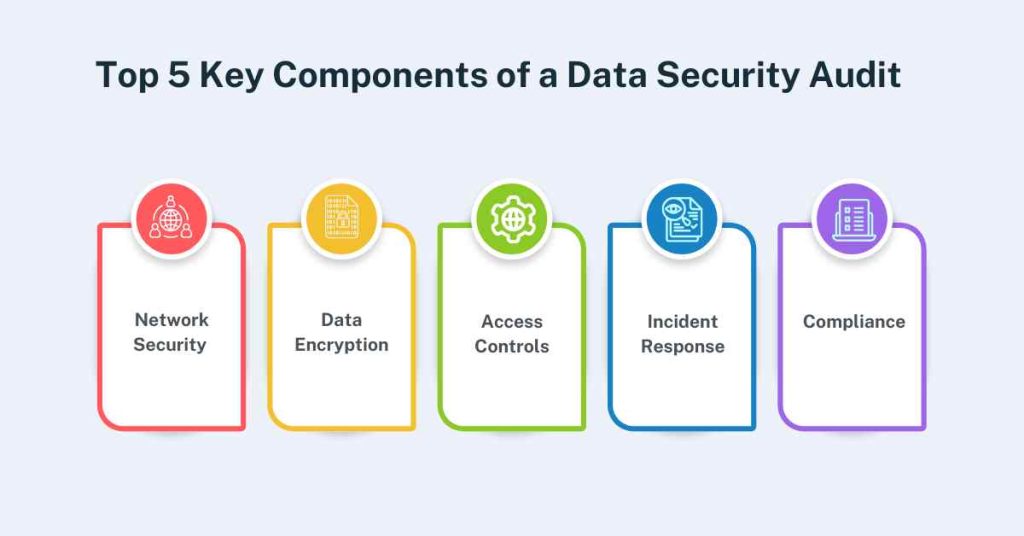
A comprehensive data security audit should include the following key components:
1. Network Security
Assess the organization’s network security protections such as; firewall, intrusion detection system, and segmentation.
2. Data Encryption
Evaluate the organization’s level of encryption that is the secure utilization of protocols like HTTPS and SFTP.
3. Access Controls
Review the organization’s access controls for the three AAA technologies; authentication, authorization and accounting.
4. Incident Response
Evaluate the adequacy of the organization’s incident response plan and examine how the organization can mitigate such an incident by applying the results of a mock data breach.
5. Compliance
Assess the level of the HIPAA regulations and other existing laws and regulations known to apply in the corporate world.
Best Practices for a Data Security Audit
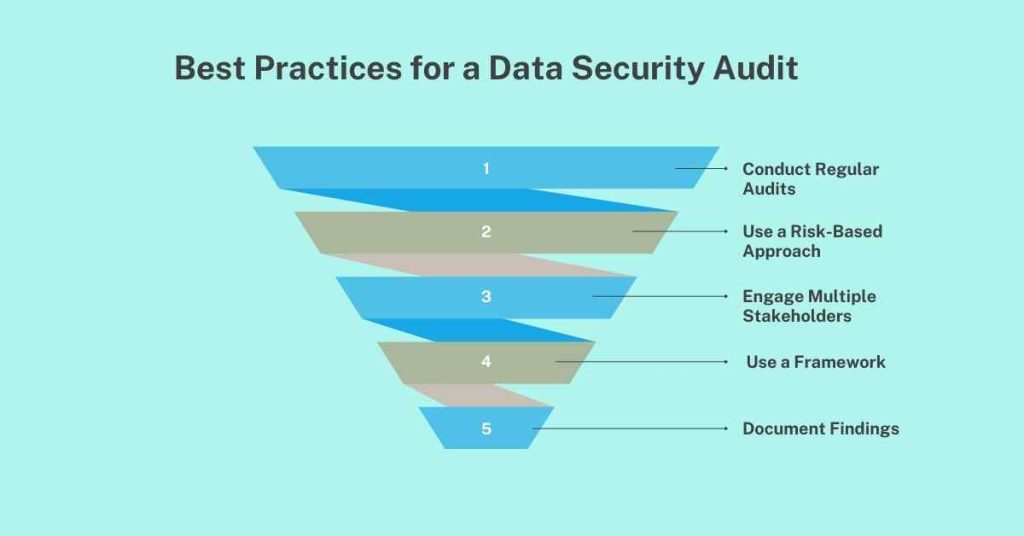
To ensure the effectiveness of a data security audit, consider the following best practices:
1. Conduct Regular Audits
Whenever possible, at least on a quarterly or bi-annual basis, it should conduct data security audits to check how effective the organization’s controls are for data security.
2. Use a Risk-Based Approach
A risk-based approach should be employed to decide on the most appropriate audit activities and areas, that should be considered as having a high-risk factor.
3. Engage Multiple Stakeholders
Involve many shareholders in developing an effective audit, IT, compliance, and other clinical staff.
4. Use a Framework
The audit should be done following a framework, for instance, the NIST Cybersecurity Framework.
5. Document Findings
Record audit discoveries and suggestions and monitor improvement undertakings for archival and closure.
Conclusion
A data security audit is a critical component of protecting patient data and achieving HIPAA compliance in the healthcare industry. By conducting a comprehensive data security audit, healthcare organizations can identify vulnerabilities, weaknesses, and risks, and implement effective controls to mitigate them.
By following best practices and using a risk-based approach, healthcare organizations can ensure the confidentiality, integrity, and availability of patient data, and build patient trust and confidence.
FAQs: Data Security Audit for Healthcare
1. What is a data security audit, and why is it important for healthcare organizations?
Ans: A data security audit is a systematic evaluation of an organization’s data security controls and practices. Healthcare organizations need to protect patient data, prevent data breaches, and ensure compliance with regulations such as HIPAA.
2. What are the benefits of conducting a data security audit in healthcare?
Ans: Conducting a data security audit in healthcare offers numerous benefits, including improved security, HIPAA compliance, patient trust, risk management, and compliance with other regulations.
3. What is the scope of a data security audit in healthcare?
Ans: The scope of a data security audit in healthcare typically includes the organization’s data security policies, technical controls, access controls, incident response plans, and compliance with HIPAA regulations.
4. How often should I conduct a data security audit in my healthcare organization?
Ans: It is recommended to conduct data security audits regularly, ideally quarterly or bi-annually, to ensure the organization’s data security controls are up-to-date and effective.
5. Can I conduct a data security audit internally, or should I hire an external auditor?
Ans: Both internal and external audits can be effective, depending on the organization’s size, complexity, and resources. However, hiring an external auditor can provide an objective and unbiased evaluation.
6. What are the key components of a data security audit in healthcare?
Ans: The key components of a data security audit in healthcare include network security, data encryption, access controls, incident response, and compliance with HIPAA regulations.
7. What is the difference between a data security audit and a risk assessment?
Ans: A data security audit is a systematic evaluation of an organization’s data security controls and practices, while a risk assessment identifies potential risks and threats to patient data.
8. How do I ensure the effectiveness of my data security audit?
Ans: To ensure the effectiveness of your data security audit, conduct regular audits, use a risk-based approach, engage multiple stakeholders, use a framework, and document findings and recommendations.
9. Can I use a framework to guide my data security audit?
Ans: Yes, using a framework such as the NIST Cybersecurity Framework can guide your data security audit and ensure consistency.
10. What should I do with the findings and recommendations from my data security audit?
Ans: Document the findings and recommendations from your data security audit and track remediation efforts to ensure closure. Use the audit results to improve your organization’s data security controls and practices.


